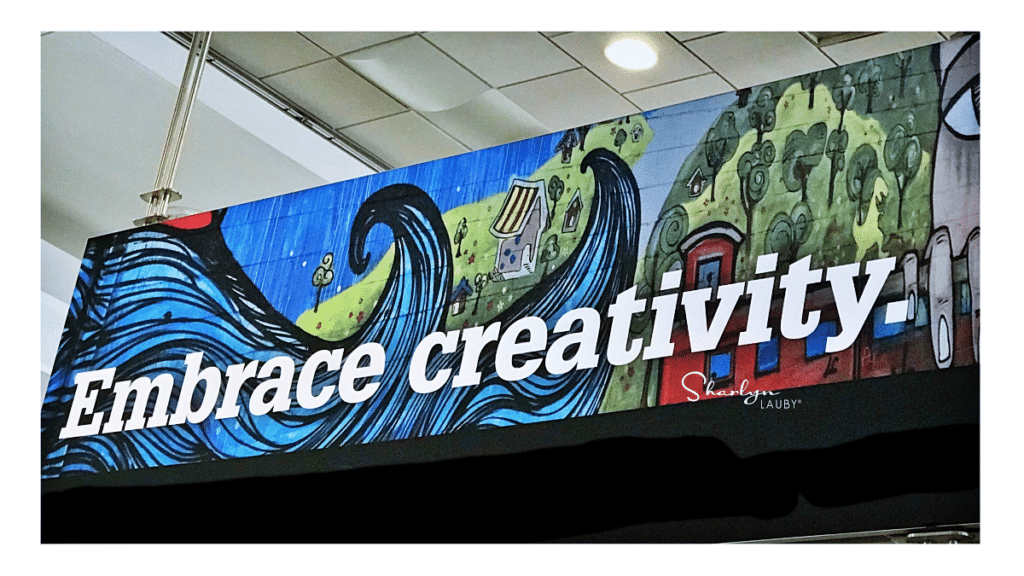Estimated reading time: 5 minutes
I recently attended the Society for Human Resource Management (SHRM) Talent Conference in Denver. And I can’t wait to share with you all my takeaways from the event.
An area of focus during the conference was benefits. Specifically, it was about employers giving employees options to choose what they want. This is often referred to as a cafeteria plan or a Section 125 plan, which refers to a section of the U.S. Internal Revenue Service (IRS) code.
To help us understand more about cafeteria plans, I reached out to my friend Carmen Miller, CEO of McKinley Insurance Services, a full-service agency located in Fort Lauderdale, Florida. Carmen has spoken with us before about staying true to our values and today she’s sharing her knowledge of cafeteria plans.
Carmen, thanks for being here. Let’s start with a definition. What is a cafeteria plan? And what types of coverages are typically included?
[Miller] Cafeteria plans are about CHOICE. They give employees the option to CHOOSE how to spend their benefit pre-tax dollars. Basically, an employee is given a specified amount of benefit dollars to spend as they choose.
Cafeteria plans typically include health plans such as medical, dental, vision, critical illness, term life, and other voluntary type benefits. It could also include 401(k) retirement type plans as well as HSAs (Health Savings Accounts) and FSAs (Flexible Spending Accounts) and Dependent Care Accounts.
My recollection is that cafeteria plans were very popular years ago, then kinda waned for a while, and now they’re back. Has anything really changed with cafeteria plans? Or is this new popularity being driven by recruitment and retention?
[Miller] Not much has changed with the plans from years ago but the new popularity, like everything, has been fueled by the pandemic. Over the past couple of years (2020 and 2021), some extensions were given regarding the carryover of benefit funds and a grace period for use of those funds for those years.
I think as times have changed so have the cafeteria plan needs, thoughts, and concerns. People are thinking differently about their benefits and yes, recruitment and retention are playing a big role in this. People want flexibility in everything including their benefit options and people want to make choices to meet their needs. There is no “one benefit fits all” anymore. It’s the society we live in. Personalization and customization of benefits is a very important consideration when looking at job opportunities.
Why would an organization want to offer employees a cafeteria plan?
[Miller] Offering a cafeteria plan shows employees that they have choices and can make choices based on their own personal needs. It allows flexibility. There can also be tax savings for not only the employer but also for the employee. Typically, an employee’s contributions toward a cafeteria plan are made pre-tax and the employer’s contribution is not taxed.
Why would employees want to work somewhere that offers a cafeteria plan?
[Miller] For those employees who have a specific need for medical or retirement planning, selecting an employer that offers options through a cafeteria plan allows them to choose what works best for them. When there is limited to no choice, employees will feel as if they are being ‘told’ what to do versus making a choice as to plan options and offerings. Let’s face it, when it comes to benefits, employees want to take care of themselves and their families as best they can. Cafeteria plans let them do that.
Last question, if an organization wants to explore cafeteria plans, name 2-3 things they should do to start the process.
[Miller] Two things immediately come to mind: plan documentation and education.
Plan Documentation: These pre-tax plans provide tax savings to the employee and employer and are governed by the IRS, and you can’t just ‘say’ we are going to pre-tax premiums. Organizations must have the appropriate documentation in case of an audit. These documents are usually handled by your insurance broker or payroll processing company, and it is the responsibility of the organization to keep a copy and update these documents annually. There are also companies that will do these documents for you.
Education: There are benefits to cafeteria plans but it’s not always obvious. Educating employees about plan benefits can be time consuming. Employers and employees need to take the time/allow the time to learn about the options and how it can effect/benefit them.
A huge thanks to Carmen for sharing her knowledge with us. If you want to learn more about cafeteria plans, you can check out the McKinley Insurance Services website.
I totally agree with Carmen’s comment about employees wanting choices. We’re seeing this in the discussions about flexible scheduling and remote work. It’s not a surprise that employees want choices in their benefits as well. And this doesn’t mean that companies need to necessarily pay more. Cafeteria plans allow organizations to give employees the options they want so they can get the benefits they need.
Image captured by Sharlyn Lauby while attending the SHRM Talent Conference in Denver, CO
The post Employee Benefits: Cafeteria Plans Offer the Options Employees Want appeared first on hr bartender.





0 Commentaires